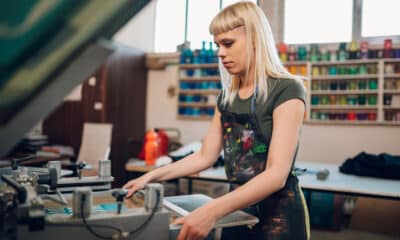IN LATE 2023, breakthroughs in DTF technology were becoming impossible to ignore and screen printers began to fear that it would take away their businesses. It felt like the entire industry was watching a comet as it entered the atmosphere. It was no longer a question of if it was going to hit, but how hard.
Here we are, two years later, and the dust just is beginning to settle on the true impact DTF will have on the screen-printing industry. After closely watching its threatening entrance, it’s clear to me that it didn’t block out the sun on screen printing the way it was initially predicted. And at least for the near future, DTF and screen printing will peacefully coexist as a complement to one another.
Together, they will bring a new level of quality and speed never before seen to the decorated apparel industry. And the big winner is the customer.
Let’s go back to the start. I recall all the things I heard screen printers say about the incoming storm expected to be created by DTF. On one hand, you had screen printer purists who believed DTF would be a passing fad. On the other hand, you had the emergence of full DTF shops.
Of course, there also were screen printers who chose to embrace it. Whatever camp you were in, as a screen printer, you had to pick a lane and brace for impact.
If you attended any industry trade shows in 2024/2025, it was evident that DTF might be delivering a significant blow to screen printing, creating panic and uncertainty that loomed over the entire industry. I heard speculation in every direction, but I decided to reserve judgment and give it a chance.
I fully embraced DTF as a new business avenue. I went into it with an open mind and remained objective rather than listening to industry banter.
With that said, in mid-2024, we purchased an M&R Quattro to expand our digital department and offer full DTF services, providing fast turnarounds.
So, at this point, you may be wondering, “Is DTF taking over screen printing or not?” The answer is complicated, but my conclusion is no, DTF cannot replace screen printing. But if you don’t embrace it, you may get left behind.
What Printers Can Do Now With DTF
I have now used DTF for two extensive busy seasons and having it has taken a lot of nuisance jobs off my press schedule while allowing me to make customers happy.
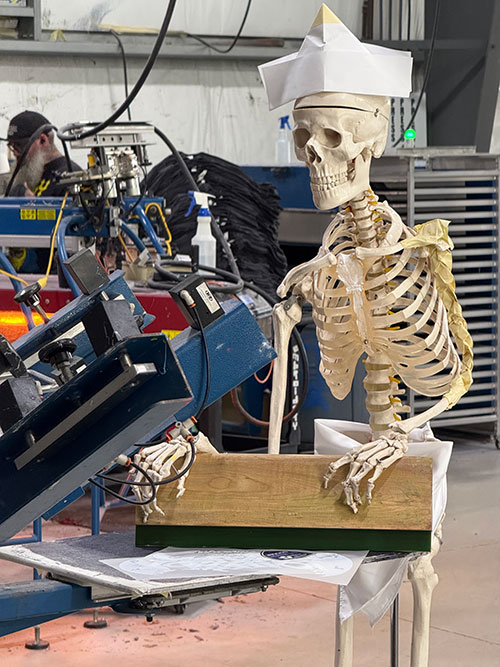
DTF cannot replace screen printing. But if you don’t embrace it, you may get left behind.
Many of the limitations of screen printing have been solved by DTF. A good example is the job of a seven-color state flag with insane detail as a left chest on a high-end performance polo.
We used to say no due to the impracticality of screen printing a job like that, but now we can give the client a sharp-looking DTF print they never knew they wanted. Everyone is happy, especially screen printers.
We also can do those 16 bachelorette party T-shirts with a simulated process caricature of the bride and turn them around in half a day. DTF is not replacing screen printing, it’s using technology to get business we passed on before.
I’m not implying that DTF and screen printing mutually are exclusive. DTF shines as a standalone process, but it reaches its full potential as part of a hybrid production strategy. You can offer decorating services not previously available at the same quality or production efficiency.
For example, a customer wants 1,000 sweatshirts with prints at three locations: the front, back, and hood, and the hoods are double ply. Double-ply hoods are labor-intensive and eat up valuable press time. Frankly, it is not worth the trouble for what we can charge.
However, by spending a little time adjusting DTF colors to match the screen print and putting 80-grit sandpaper over the top when heat pressing, you get a fully decorated garment that looks cohesive.
I still find that at high volume (100+ pieces), DTF is inefficient because of the pressing time. I suspect the masterminds are already working on a solution.
It’s in the 40-piece-and-under range that DTF is taking its bite out of screen printing. It’s had the most noticeable impact on the manual printing market. Unless your manual printing process was mastered and fully efficient before the DTF comet hit, the time and cost of getting started do not make sense compared to DTF.
Shop-Wide Solutions
While the impact of DTF is perhaps the greatest on screen printing, it is also having a large effect on other decorating methods. I think, for the most part, DTF has put the final nail in the DTG coffin. I would argue that, at least in part, the early dismissers of DTF may recall the lesson they learned from the industry hype surrounding DTG the decade before.
At my shop, we offer DTG and still use it daily, but the applications where it’s best suited have dwindled to a low point. There are jobs that combine an art style and a type of garment where DTG outperforms screen printing or DTF, but otherwise low-quantity jobs with a lot of colors and detail have been firmly claimed by DTF.
To my surprise, DTF also is impacting embroidery. On performance garments and in hard-to-reach areas, decoration methods have advanced to levels once only achievable with embroidery.
DTF delivers personalization with a clean, precise finish. Still, embroidery retains a timeless elegance and craftsmanship that DTF has yet to match. Perhaps the innovators behind the technology are already working to close that gap.
Where Does This Leave You?
So, although it remains to be seen what’s next for DTF, I wouldn’t say the initial impact has been underwhelming. And certainly it cannot be written off as a passing fad.
My best advice is to embrace it as a new tool for garment decoration, rather than a threat to screen printing. DTF-only shops can’t compete with screen printers and screen printers can’t compete with shops embracing both.
In the long run, what stays and what goes is ultimately determined by customer satisfaction and production efficiency. Regardless of personal feelings or semantics, I firmly believe DTF is here to stay, and there’s room for both.
There are jobs that combine an art style and a type of garment where DTG outperforms screen printing or DTF, but otherwise low-quantity jobs with a lot of colors and detail firmly have been claimed by DTF.
At least for the near future, DTF and screen printing will peacefully coexist as a complement to one another.
Advertisement
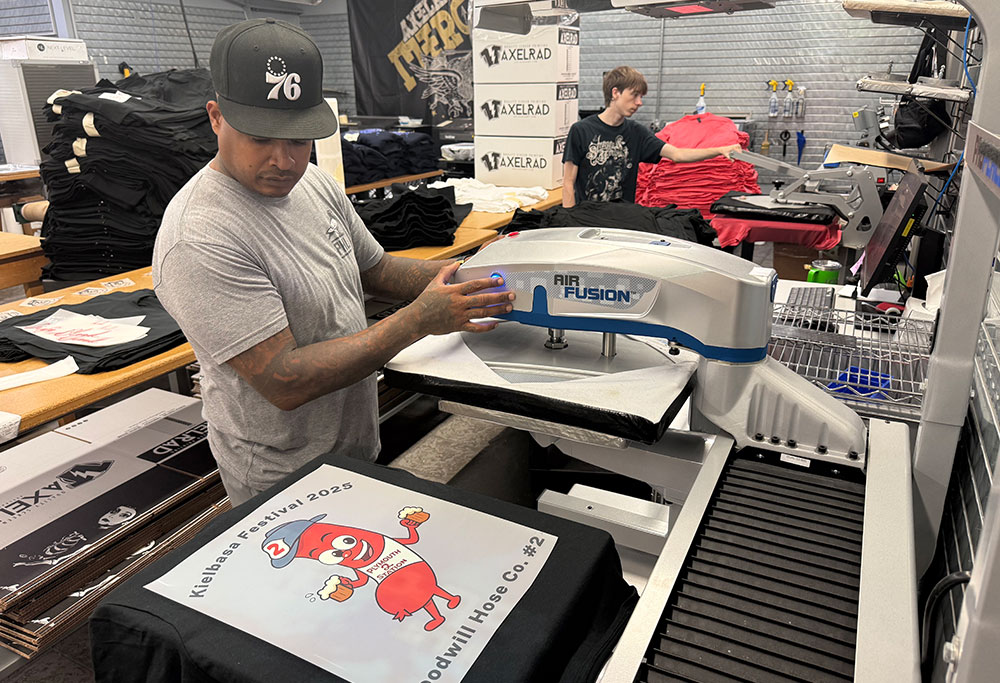

 Expert Perspectives2 months ago
Expert Perspectives2 months ago
 Women in Screen Printing1 month ago
Women in Screen Printing1 month ago
 Women in Screen Printing1 month ago
Women in Screen Printing1 month ago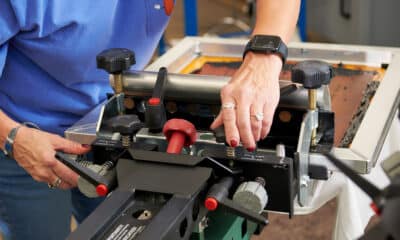
 Case Studies3 weeks ago
Case Studies3 weeks ago
 Kevin Baumgart2 months ago
Kevin Baumgart2 months ago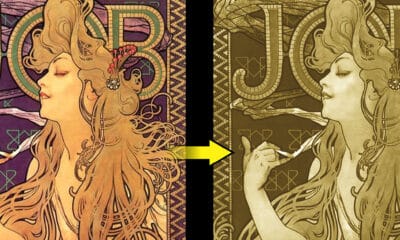
 Thomas Trimingham4 weeks ago
Thomas Trimingham4 weeks ago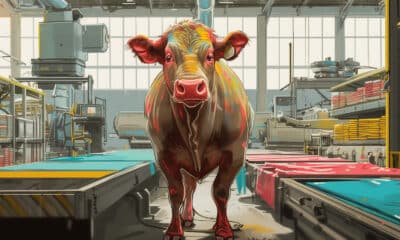
 Marshall Atkinson1 month ago
Marshall Atkinson1 month ago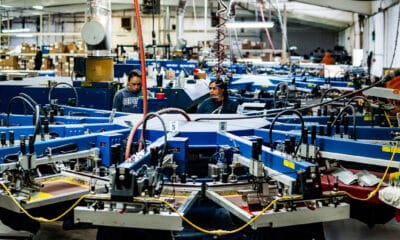
 Tips and How-To2 months ago
Tips and How-To2 months ago



